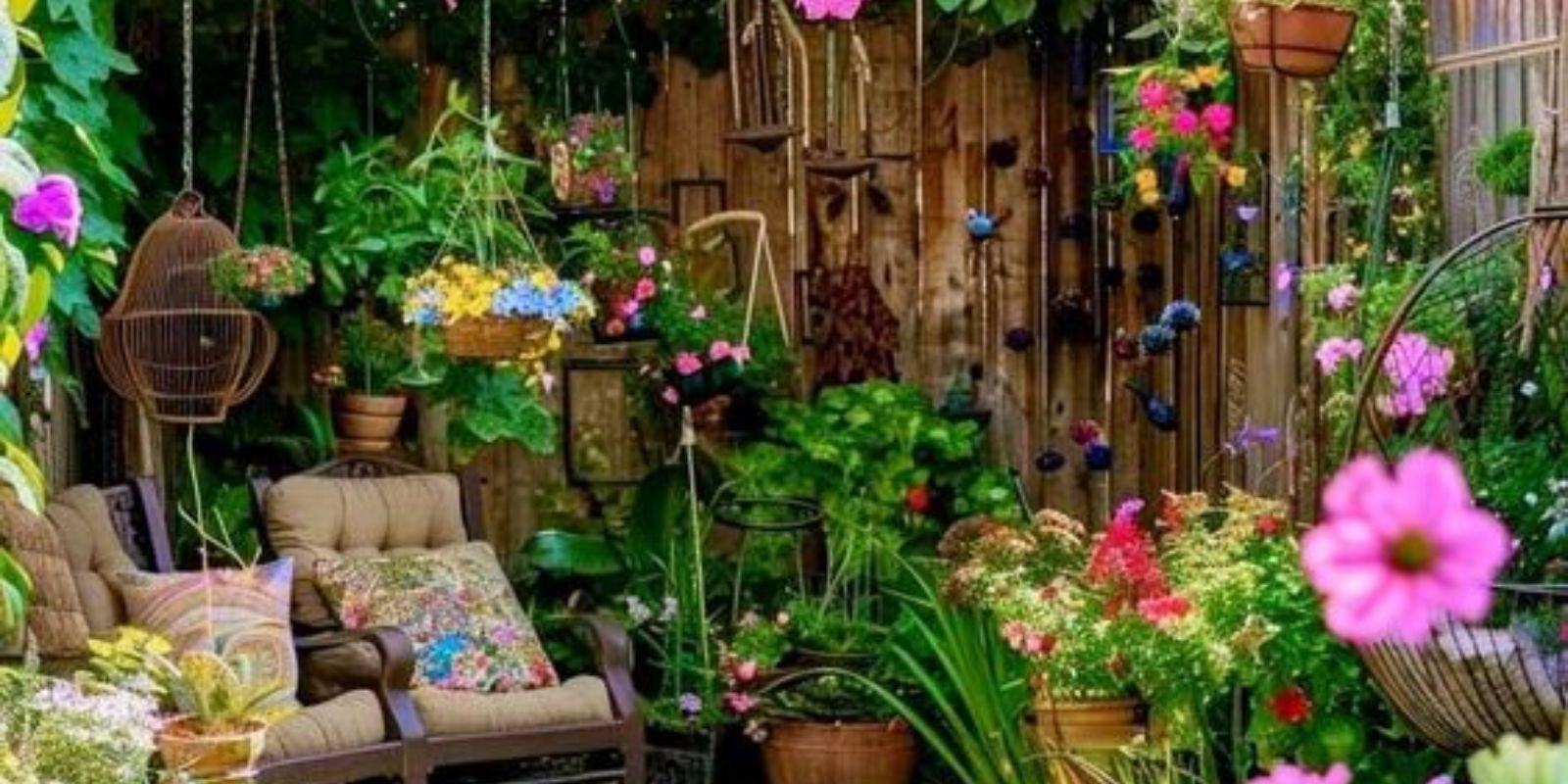Introduction
Home gardening is a delightful and rewarding endeavor that brings the joy of nature right to your doorstep. Whether you have a sprawling backyard or just a small balcony, there are endless opportunities to create a beautiful and functional garden. From growing your own herbs and vegetables to designing eye-catching floral displays, home gardening allows you to personalize your living space and enjoy the benefits of fresh produce and vibrant greenery. This guide explores creative and practical home gardening ideas to help you transform your space into a lush oasis.
1. Start Small with Easy-to-Grow Plants
For those new to gardening, starting with easy-to-grow plants is a great way to build confidence and experience success. Herbs such as basil, mint, and rosemary are excellent choices for beginners. They thrive in containers and can be grown indoors or outdoors. Leafy greens like lettuce and spinach are also straightforward to grow and provide a continuous supply of fresh greens for your kitchen.
Benefits:
- Low Maintenance: These plants require minimal care and are forgiving to beginner mistakes.
- Quick Harvest: Many herbs and greens grow quickly, providing fast gratification.
Tips:
- Use high-quality potting soil to ensure good drainage and nutrient availability.
- Water regularly but avoid overwatering, which can lead to root rot.
2. Utilize Vertical Space
When space is limited, vertical gardening can maximize your growing area and add visual interest to your garden. Vertical gardening involves using wall-mounted planters, trellises, or hanging baskets to grow plants upward.
Benefits:
- Space-Saving: Ideal for small yards, balconies, or even indoor spaces.
- Aesthetic Appeal: Adds a unique and attractive element to your garden design.
Tips:
- Choose climbing plants such as peas, cucumbers, or beans that naturally grow upward.
- Install sturdy supports for heavier plants to prevent them from toppling over.
3. Create Raised Beds
Raised garden beds are a fantastic way to improve soil drainage, reduce weed growth, and make gardening more accessible. They can be built from various materials, including wood, stone, or metal, and can be customized to fit your space and needs.
Benefits:
- Improved Soil Quality: Allows you to create optimal soil conditions for your plants.
- Easier Maintenance: Reduces the need for bending over and makes weeding and harvesting more convenient.
Tips:
- Fill the raised bed with a mix of compost, topsoil, and other organic materials for the best results.
- Consider adding a drip irrigation system to ensure consistent watering.
4. Incorporate Container Gardening
Container gardening offers flexibility and versatility, making it possible to grow a wide variety of plants in pots, boxes, or other containers. This method is perfect for those with limited outdoor space or who want to add greenery to their indoor environment.
Benefits:
- Versatility: Grow vegetables, herbs, flowers, and even small shrubs in containers.
- Mobility: Easily move containers to take advantage of different light conditions or to protect plants from harsh weather.
Tips:
- Choose containers with good drainage holes to prevent waterlogging.
- Use a high-quality potting mix that provides adequate aeration and nutrients.
5. Try Indoor Gardening
Indoor gardening allows you to enjoy plants year-round, regardless of outdoor weather conditions. With the help of grow lights, you can cultivate a wide range of plants, from herbs and salad greens to small fruiting plants like cherry tomatoes.
Benefits:
- Year-Round Growing: Provides fresh produce and greenery throughout the year.
- Climate Control: Allows you to grow plants in a controlled environment, free from pests and extreme weather.
Tips:
- Invest in good grow lights to provide the necessary light spectrum for plant growth.
- Ensure proper air circulation to prevent mold and mildew.
6. Build a Compost Bin
Composting is an eco-friendly way to recycle kitchen scraps and garden waste into nutrient-rich compost. A compost bin or pile can significantly improve soil fertility and reduce the need for chemical fertilizers.
Benefits:
- Sustainable: Reduces waste and provides a natural source of nutrients for your garden.
- Cost-Effective: Saves money on store-bought fertilizers and soil amendments.
Tips:
- Include a mix of green materials (e.g., fruit and vegetable scraps) and brown materials (e.g., leaves, cardboard) for a balanced compost.
- Turn the compost regularly to aerate it and speed up decomposition.
7. Design a Pollinator-Friendly Garden
Creating a garden that attracts pollinators like bees, butterflies, and hummingbirds can enhance the health and productivity of your plants. Planting a variety of flowering plants with different bloom times ensures that pollinators have a constant food source.
Benefits:
- Increased Pollination: Enhances the productivity of your fruit and vegetable plants.
- Biodiversity: Supports local ecosystems and encourages a diverse range of wildlife.
Tips:
- Choose native plants that are well-suited to your local climate and soil conditions.
- Provide habitats such as birdhouses or insect hotels to support pollinators throughout the year.
Conclusion
Home gardening is a rewarding and enjoyable activity that allows you to connect with nature and enhance your living space. By incorporating these creative and practical gardening ideas, you can transform your garden into a lush and vibrant oasis. Whether you start small with container gardening or create a large raised bed garden, the key is to experiment, learn, and enjoy the process. Embrace the joy of growing your own plants and relish the beauty and bounty they bring to your home. Happy gardening! 🌱🌸🍅

